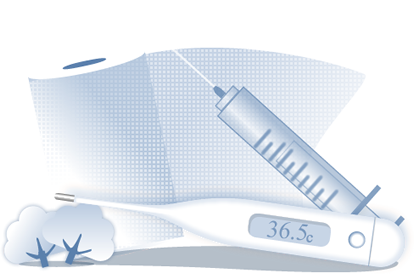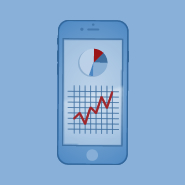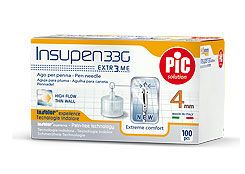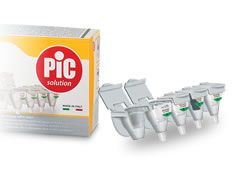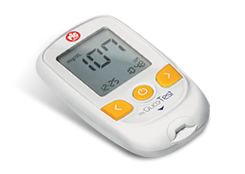
Diabulimia, a byproduct of diabetes
25% of girls with diabetes between 13-18 who use insulin therapy suffer from diabulimia. It's an eating disorder that's been renamed "slimming with diabetes", sometimes with serious consequences. The term diabulimia merges the words "diabetes" and "bulimia", and is linked to the fear of taking insulin because of the worry of putting on weight.
The insulin injections that people with diabetes have to take, especially those with Type 1, promote glucose metabolism and rapid weight gain. For many adolescents who start taking insulin, stepping on the scale can come as a real shock, and can lead them to refuse their treatment. This is known as diabulimia, a behavioural disorder that's virtually unknown, but is on the rise.
How diabulimia starts
A patient with Type 1 diabetes has to take daily doses of insulin to keep the body functioning. If she were to refuse to take it or drastically reduce the amount for aesthetic reasons, she is at risk of diabulimia. According to the Diabulimia Helpline, one of the first associations in the world to deal with this disorder, today in America 40% of women between 15-30 who have been diagnosed with diabetes and have a manic-perfectionist personality could be at risk of diabulimia. In Italy, according to statistics from the Polo Universitario dell’Ospedale “Luigi Sacco” which has a support center for families with children who have diabetes, one girl out of four between 13-18 who takes insulin reduces her doses until finally stopping to take her treatment altogether.
Diabulimia is a form of auto-cannibalism
It's common for girls who suffer from diabulimia to have been slim and healthy before their diagnosis of diabetes and insulin regime, because they aren't assimilating glucose. Because they had diabetes, they could eat sugar and rarely put any weight on, but when they start taking their insulin, this "magic" stops and they do. Diabulimia, the refusal to take insulin because of concerns of weight gain, increases the concentration of glucose in the blood, provoking hyperglycemic crises that can be very serious. And that's not all; someone with diabulimia enters a state similar to auto-cannibalism. They start to lose muscle mass of organs and tissue in a slow process of deterioration.
Diabulimia doesn't happen on its own
Diabulimia is often associated with other eating disorders, from gorging to prolonged abstinence to induced vomiting, and other obsessive-compulsive conditions. These byproducts of diabetes are where the term "diabulimia" comes from: the merging of the words "diabetes" and "bulimia".

